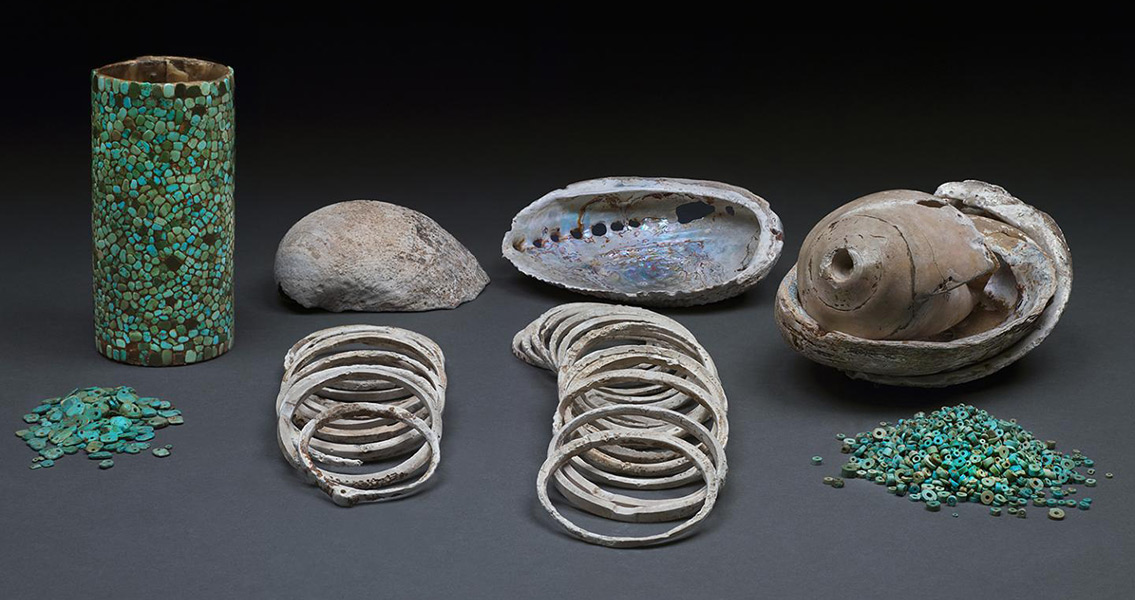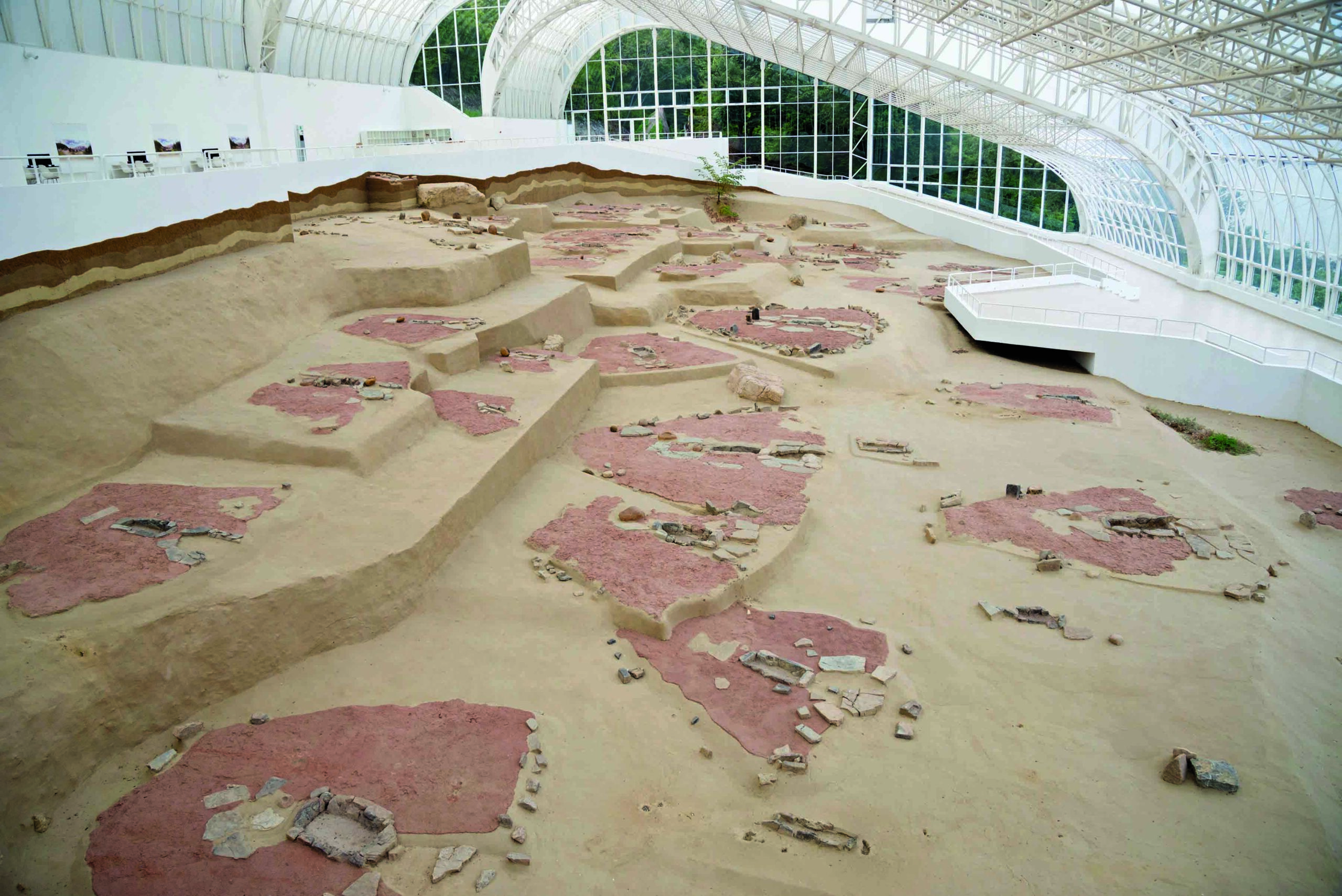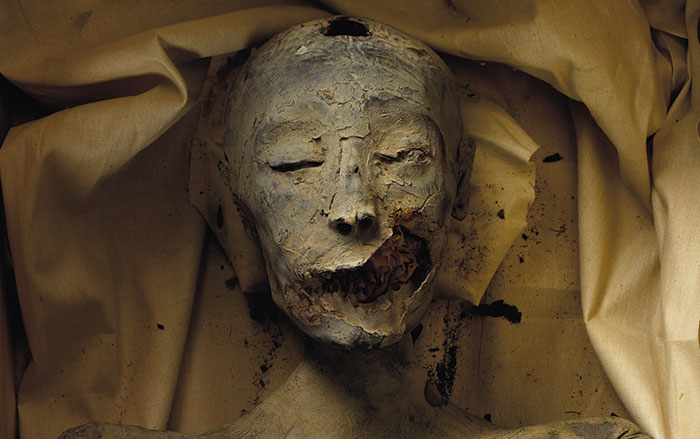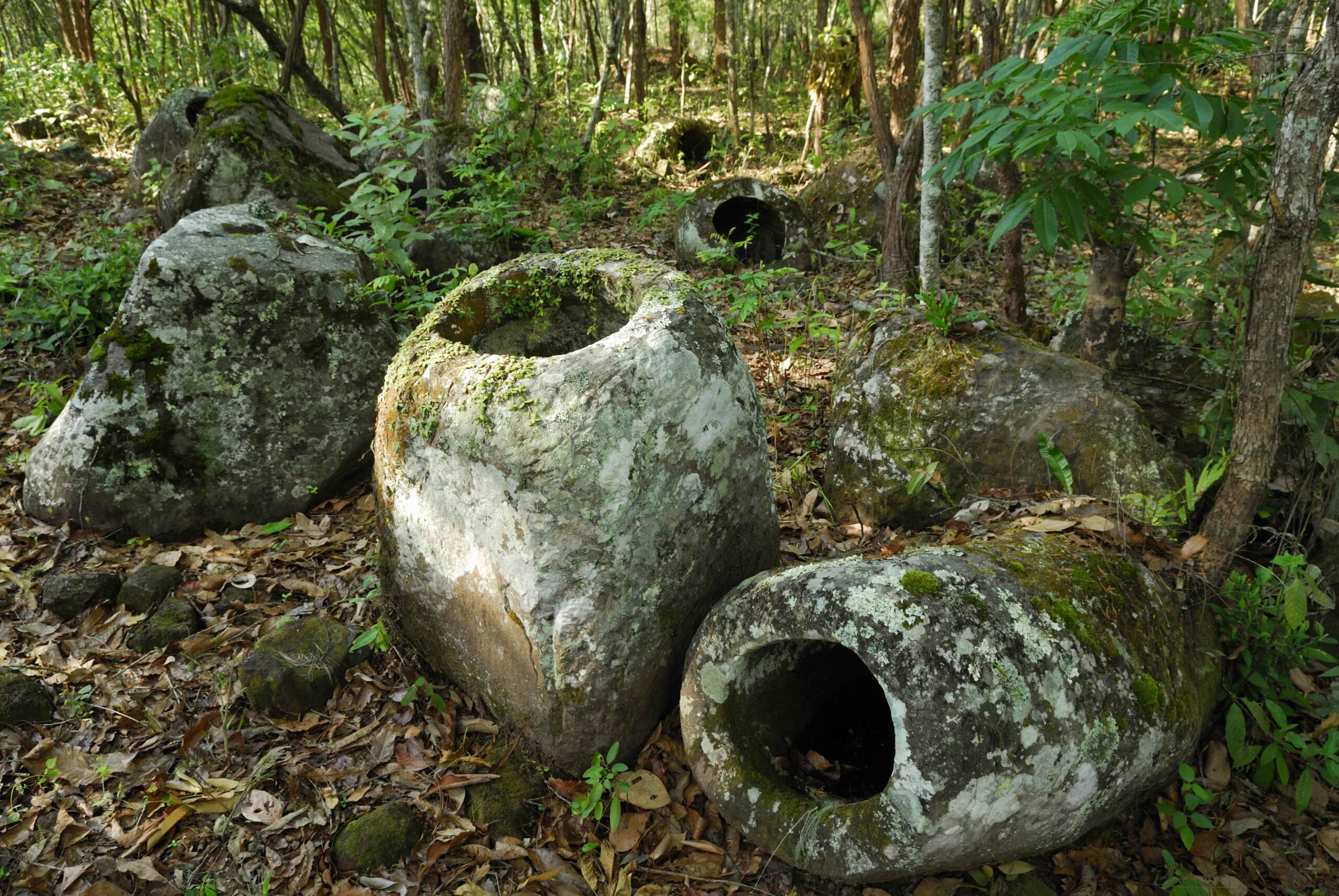
CHACO CANYON, NEW MEXICO—New research shows that a matrilineal dynasty may have controlled Pueblo Bonito, one of the massive masonry villages at the Ancestral Puebloan site of Chaco Canyon, reports Live Science. A team of archaeologists and geneticists recently reanalyzed an elaborate two-layered burial crypt at the site that had been previously excavated. Such burial arrangements are rare in Puebloan cultures and the crypt is thought to have held high-ranking members of Chacoan society, who were buried there from A.D. 800 to 1120, when the site was abandoned. At the bottom of this crypt lay the graves of two men who had been buried with thousands of turquoise beads and other prestigious objects. Above them, separated by a wooden floor, were the graves of 12 people thought to have descended from the two men. A genomic study of the remains showed that nine of the people in the crypt all had identical mitochondrial DNA, which is inherited from mothers, suggesting power was inherited at Chaco through the maternal line. "For the first time, we're saying that one kinship group controlled Pueblo Bonito for more than 300 years," said University of Virginia archaeologist Steve Plog, who co-led the study. "This is the best evidence of a social hierarchy in the ancient Southwest." To read about how Pueblo culture endured Spanish rule, go to “The First American Revolution.”









